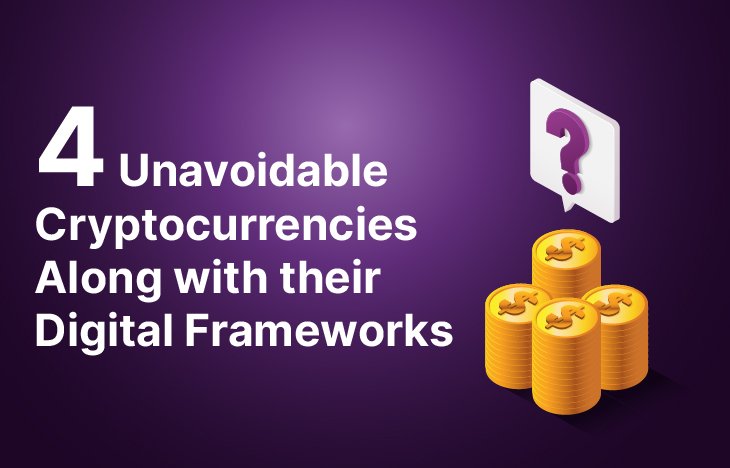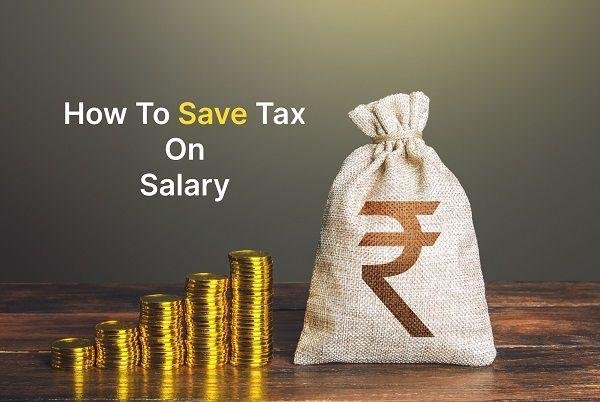Options are derivative products that derive their value from the underlying shares, stock indices, and financial instruments. There are two types of options, put options and call options, and both types can be bought or sold through your Options App. Options contracts give their buyers the right to buy or sell a security at a predetermined price on a specific day. In options, the biggest mover is the price movement of the underlying security.
Option premiums are bifurcated into intrinsic value and time value. Time value is the value over the intrinsic value. Time value is related to time, and it is exhausted by the maturity date as the time left is zero on the maturity date. Intrinsic value is measured as the difference between the option strike price and the share price. Option sellers sell options in the hope of earning an option premium upfront and hope that the option they sell expires worthless.
How to decide whether buying or selling an option is a better strategy?
- When the spot price of the option is higher than the strike price at maturity, the option is considered to be in the money. In such a case, the buyer of the call option can buy the underlying financial instrument at a price lower than the current market price and make money.
- When the option is at or near the strike price or if it is below the strike price, the seller of the option retains the premium paid for the option, and the option itself expires worthless as the buyer does not exercise it.
Both buying and selling an option have their advantages, and both have their usefulness and associated risks:
- Option buyers pay the premium and get a right on the underlying asset until maturity. Options sellers receive the option premium as income and will have to pay only if the option’s spot price goes above the strike price. Even in such a case, the buyer is protected on the upside until a price level equals strike price + option premium. An option seller incurs losses only if the stock price continually trends upwards. In both cases, the time value of the option expires as the maturity date approaches.
- The option buyer’s potential for profits decreases as the maturity date approaches, and the option seller’s potential for unlimited loss decreases as the maturity date approaches.
- Both the option buyer and the option seller have the option of exiting their trades before maturity when: a) In the case of the option buyer, the current market premium for the option is higher than the premium paid by him to enter into trade b) In case of the option seller, the current market premium is substantially lower than the premium received by him, he can square off the trade. He may also want to square off his position when the market premium is higher by booking a loss to avoid the exercise of the option and curtail exposure to unlimited loss.
- Trading in options for speculative purposes can always be risky when it is not backed by actual investments in the underlying financial asset. Leverage makes option price movements and volatilities more exaggerated compared to the price movement of the underlying financial security. Trading in covered options or using options to hedge the portfolio positions is always a better strategy.






